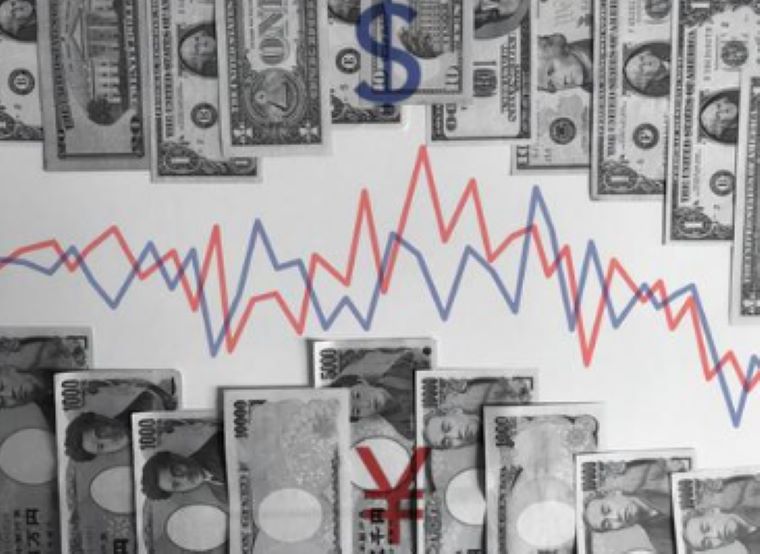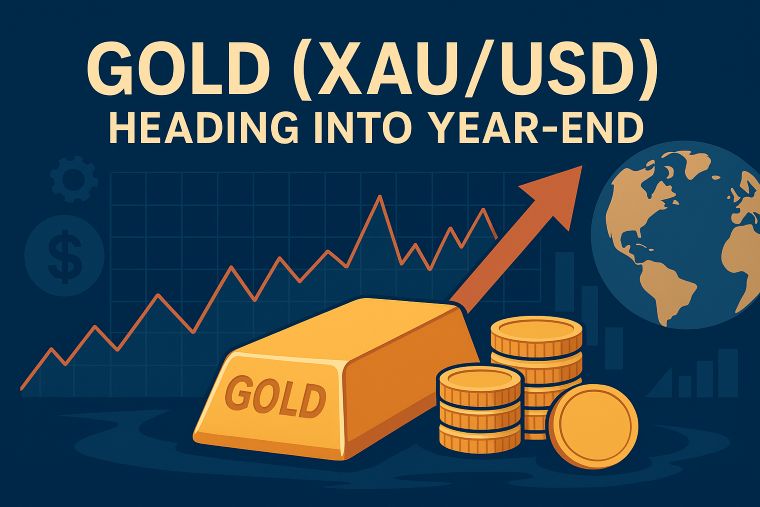2 min to read
The dollar-yen exchange rate maintains its robust upward trajectory
and seasoned economists affirm that the dollar remains the favored asset among discerning investors.

“Dollar-Yen’s Persistent Bullish Streak: Insights from Economists”
The dollar-yen exchange rate maintains its robust upward trajectory, and seasoned economists affirm that the dollar remains the favored asset among discerning investors. While brief moments of hesitation manifested in today’s New York foreign exchange market, the exchange rate steadfastly held its ground above 146 yen, indicating a relentless surge. It momentarily surged to around 146.75 yen, establishing a new annual peak. The foreign exchange market adeptly absorbed the wisdom from Federal Reserve Chairman Powell’s discourse last week, bolstering the prevailing trend of dollar acquisitions. Consequently, the dollar-yen exchange rate continues to flourish, consistently scaling yearly highs.
A cadre of astute analysts underscores that, notwithstanding prevailing indications of global economic frailty beyond the confines of the United States, investors continue to exhibit a marked predilection for the dollar. The prevailing sentiment posits that the intensity of economic tribulations is more conspicuous beyond American shores than domestically, propelling investors to steadfastly favor the dollar over alternative major currencies.
Market dynamics portend that the worldwide economic deceleration will be more conspicuous outside the United States, further tilting the scale in favor of the dollar, owing to diverging interest rate paradigms.
The euro-dollar exchange rate, in the aftermath of last week’s Jackson Hole symposium, encountered a slight dip, traversing within a confined margin slightly below 1.08 dollars. The 200-day moving average, recently breached, has now transmogrified into a formidable resistance threshold, with the exchange rate currently oscillating in its vicinity.
In Germany, following a substantial downturn in the August Purchasing Managers’ Index (PMI) data, the Ifo Business Climate Index experienced a disheartening shortfall vis-à-vis expectations. These leading indicators cogently suggest that the German economy may confront negative growth during the 7th to 9th quarters of this fiscal year. August’s Ifo Business Climate Index recorded a figure of 85.7, down from July’s 87.4. Though not as dire as the PMI, it still fell short of anticipated levels, intensifying apprehensions regarding Germany’s economic trajectory.
Moreover, the Current Conditions Index, intrinsically correlated with GDP, dwindled to 89.0 in August, down from July’s 91.4, signifying a 2% year-on-year contraction. This comprehensive survey of corporate sentiment underscores that the economic downturn has proliferated across all pivotal sectors, encompassing manufacturing, services, retail, and construction.
In today’s currency exchange landscape, the pound-dollar rate momentarily halted its downward trend, yet it confronts significant resistance on its upward trajectory. Hovering at approximately 1.2640 dollars, the rate continues to trade below the influential 100-day moving average.
Initially, the Bank of England was poised to implement interest rate hikes more aggressively than both the Federal Reserve and the European Central Bank, in response to elevated inflationary pressures in the United Kingdom. Nevertheless, mounting apprehensions regarding an economic downturn have come to the fore, given the recent depreciation in corporate sentiment and a housing market in decline. In the short-term financial markets, the terminal rate for this cycle of rate hikes, once presumed to reach 6.00%, has recently been adjusted downward to 5.75%, consequently exerting downward pressure on the pound’s ascent.
The 200-day moving average currently hovers at approximately 1.24 dollars, with the exchange rate resolutely advancing in a bid to attain this pivotal level.
Visit XM Official Website.

